Kayak Fly Fishing Mosquito Lagoon Redfish- A New Reality
Kayak Fly Fishing Mosquito Lagoon Redfish- A New Reality
Mosquito Lagoon was long justly famous for its clear water and abundant fish- redfish, seatrout, black drum, and several other species. Anglers used a variety of techniques to catch these fish, but for kayaking fly fishers the main draw was the ability to sight fish the critters, even while sitting in a kayak.
The landscape began to change in 2011.
During the summer of 2011 an algae bloom appeared. It quickly spread. Soon the water in the lagoon became a sickening brown color. If you put your hand in the water, it disappeared. Unless a fish stuck a body part out of the water, you had no idea it was there.
Winter came, and the bloom cleared.
It came back during the summer of 2012, and cleared again when winter came.
It came back during the summer of 2013, and cleared again when winter came.
It came back during the summer of 2014. Winter came. The water did not clear. It has been disgustingly dirty ever since. Friends of mine have said, “I can’t wait for the water to clear.” Well, yeah, but I think they’re being optimistic. None of the conditions that led to these blooms has been changed (and it’s a complex set of circumstances), so why should the water clear?
Perhaps I’m being pessimistic, but I think brown, dirty water is the new norm here. Adapt or get skunked.
The dirty water has had a cascade effect. Light cannot penetrate the water, so a lot of the seagrass has died. Seagrasses fed the entire ecosystem, so my fear is that the productivity of the system, its ability to produce finfish, has been seriously compromised. There ain’t as many fish, because there ain’t as much fish food.
If you kayak fish with a fly rod, there are fewer fish to find, and it’s gotten much harder to find them. What to do? What to do???
You could, of course, take your game elsewhere. Undoubtedly some fishermen have. Those of us who live here are loathe to take such a drastic step. No, we adapt. This piece examines how to do so.
In a nutshell, what the entrepid paddling hackle heaver needs to do is concentrate his (or her) effort at shallow spots that have lots of light-colored bottom. If you can wade there that’s a huge plus. Places that fit this description include Tiger Shoal, Georges Bar, and many of the spoil islands. There are many other places, and some time spent studying Google Maps will pay dividends when you’re out paddling.
If the water is low (0.5′ or less on this gauge http://waterdata.usgs.gov/nwis/uv?02248380) that’s a really huge plus. The deeper the water is, the tougher seeing the fish will be. The converse is true, too. Low water is one of your biggest allies.
What you’re looking for hasn’t changed. Tails, wakes, busts, laid-up or finning fish, concentrations of birds or bait, all can lead to a pay-off. My preference is to find an area that has fish, then abandon ship and do my hunting on foot. Your conversion rate will be higher by doing this.
If there’s any silver lining to the dirty water situation, it’s that the fish can’t see you either. On a recent trip I got three reds. My longest cast was about 20 feet.
For reds and drum you still want flies that sink. My favorite color is basic black. It seems to be visible in the murk.
Your casts will have to be more aggressive. Any fly not in the immediate vicinity of the fish’s head will just not be seen, much less taken. Don’t be afraid to lay it on them!
Seatrout, frequently tough to sight fish even when the water was clean, seem much less abundant now. I have yet to figure them out. When that happens I will write another article.
While this piece is about the Mosquito Lagoon, the Indian River and Banana River Lagoons have the same problems. Indeed, the problems may be worse in those lagoons. Last winter the Banana River Lagoon had an enormous fish kill between SR 528 and the Pineda Causeway.
In the Mosquito Lagoon that hasn’t happened, and in the Mosquito Lagoon there are at least some seagrass beds that remain. All that having been said, there are still fish in both those lagoons, and they can certainly be caught on fly tackle. Again, look for shallow areas with light colored bottoms so you have a chance to see any fish that may be present.
So while we can hope that the good old days of plentiful fish and clean water aren’t gone, hoping does not put fish on the end of the line. Get paddling, look for fish in those shallow spots, and some good things will happen. That’s Kayak Fly Fishing Mosquito Lagoon Redfish- A New Reality.
John Kumiski
www.spottedtail.com
http://www.spottedtail.com/blog
www.johnkumiski.com
www.rentafishingbuddy.com
https://www.smashwords.com/profile/view/jkumiski
All content in this blog, including writing and photos, copyright John Kumiski 2016. All rights are reserved.
|
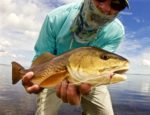
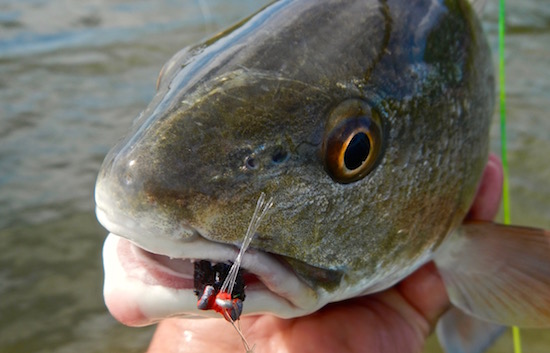
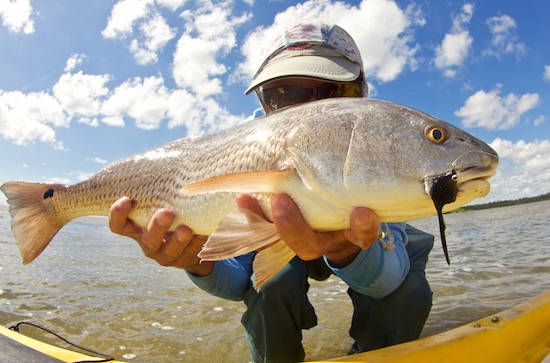
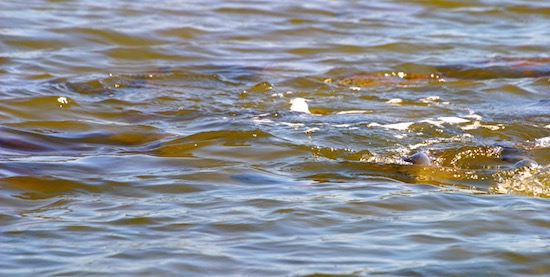

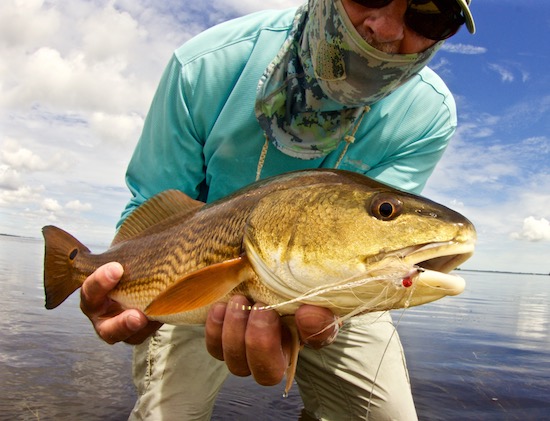
Recent Comments